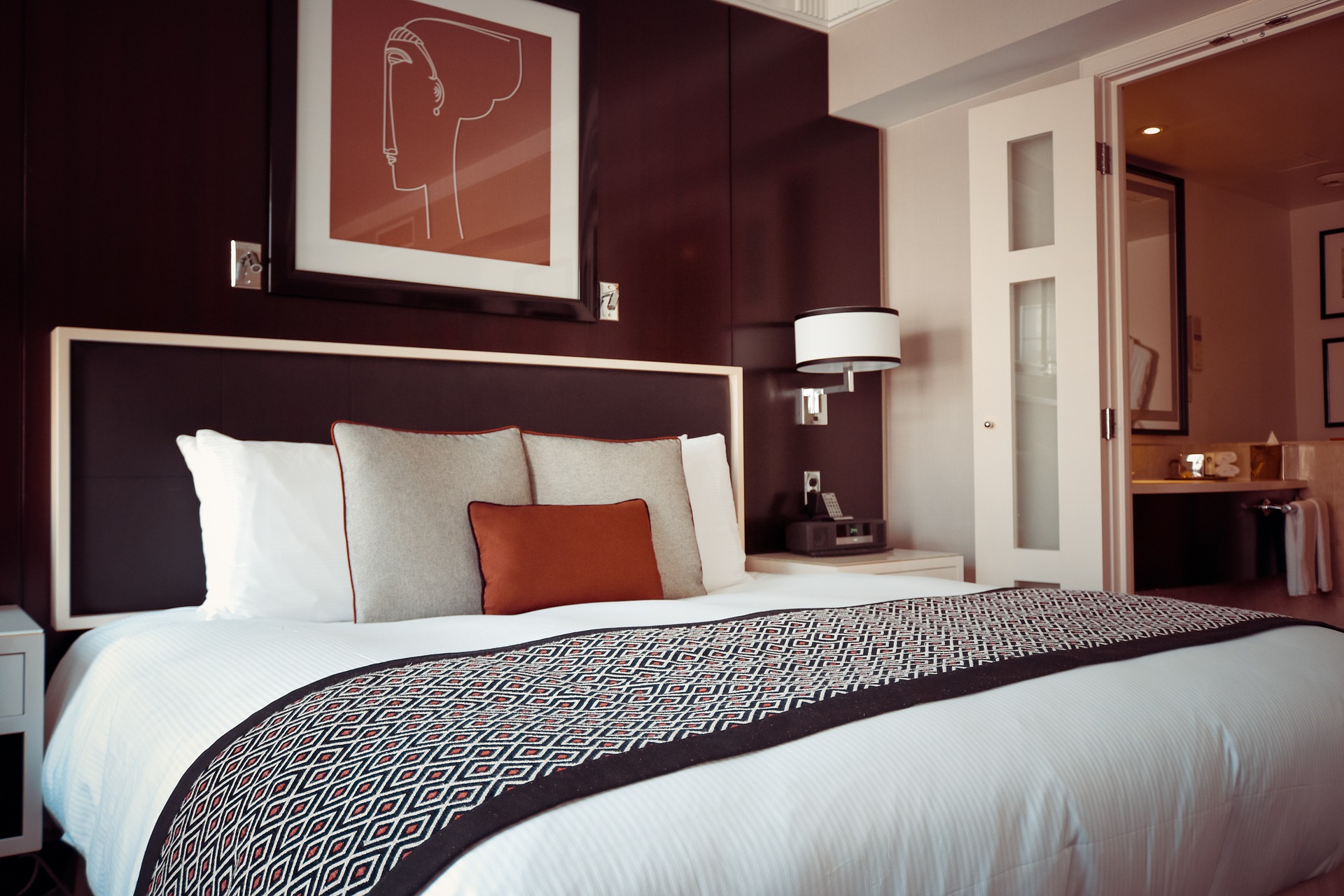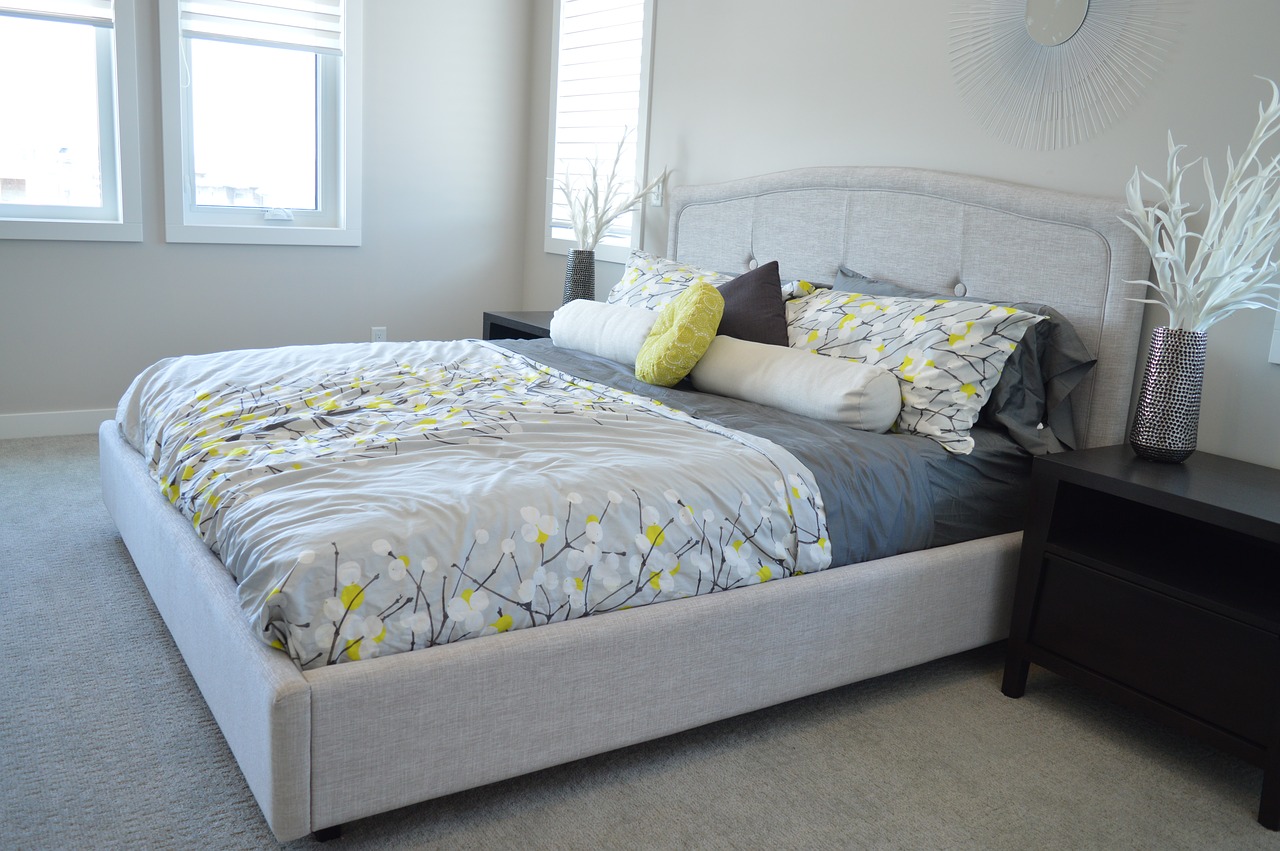
Wimbledon 2020 Cancelled
It is almost that time of the year when people would go watch a sporting

There has been a lot of doubt about whether a memory foam mattress or pillow is really comfortable to sleep on. Basically, the comfort that you get from either one all depends on the quality of the foam and how the mattress or pillow is structured. Not all memory foams are alike.
Below you will find the basic the elements that determine the comfort level of a memory foam mattress or pillow.
Many people have also complained that memory foam mattresses and pillows are too hot to sleep on. This was true about 15 years ago when the first memory foam mattresses and pillows came out on the market. These memory foams were made of closed-cell polyurethane, which is too hot for comfort because it isn’t breathable. The formulas have since been improved, however, so that they have the ability to ventilate. Many of the memory foam mattresses and pillows on the market today also have additional cooling features like infused gel layers, mesh covers and a 3D airflow design. These features help the memory foam to release heat twice as fast.
The goal here is to select your memory foam mattresses and pillows based on the quality of the foam itself as well as the additional features that you need for increased cooling comfort.

Many people have complained that the memory foam mattress and pillow that they bought are difficult to sleep on. Some say that the foam makes them feel as if they are sinking into it, and not in a comfortable way but more like being sucked down into quicksand. Others say that they can’t easily change positions on a memory foam mattress or pillow.
Memory foam is designed to absorb pressure from the body’s weight rather than resist it. This of course means that the body will sink into the foam to some degree. The right memory foam mattress and pillow for you is one that cradles your body rather than completely enveloping it.
Memory foam mattress and pillow densities differ according to the way that the material itself has been made. There are, of course, softer and firmer varieties, and this is to cater to the different needs of different bodies. Your body is not the same as everyone else’s, so not every mattress and pillow will feel as comfortable to you as it does to them. You need to choose your memory foam mattress and pillows based on how they respond to your body type.
People who are of average weight will usually need a mattress top layer that is softer and thinner – about 7 or 8 centimetres. If they sleep on their backs or sides, an even thinner comfort layer is better. Heavier people need a firmer and thicker top layer – about 10 centimetres – to better cradle their weight. The memory foam mattress’s support layer also needs to be thicker and firmer for a heavier person than a lighter one. The same goes for a pillow.
The point here is to have the proper degree of memory foam cradling to relieve pressure and evenly spread out weight while supporting the curved areas of the body that create empty, otherwise unsupported space when you lie down. Someone like a bodybuilder, for example, will be both heavier and have more curves. This means selecting a memory foam mattress and pillow that is thicker – to fill in the curve gaps – and also firmer – to support greater weight. This is how a memory foam mattress or pillow works to absorb pressure and protect the spine from misalignment during sleep, which would otherwise cause discomfort and even pain.
Memory foam is designed to cradle the body so that impact is reduced. This means that a memory foam mattress or pillow will reduce your need to move around in bed. This is not a bad thing. People usually change positions throughout the time that they are asleep because they need to relieve the pressure placed on the body parts that they are sleeping on. With a memory foam mattress and pillow that give you proper weight distribution, the pressure is decreased by up to 80%. With no need to relieve pressure, there is also no need to move. Remember also that movement is a major form of sleep disruption – for both you and your partner – that can leave you feeling less rested when you get up. Memory foam mattresses prevent this disruption both because you move less and because they don’t bounce when you do, unlike traditional mattresses.

It is almost that time of the year when people would go watch a sporting

Queen Elizabeth II has two birthdays to celebrate: her actual birthday on 21 April and

The first of May is celebrated by many countries around the world as Labour Day